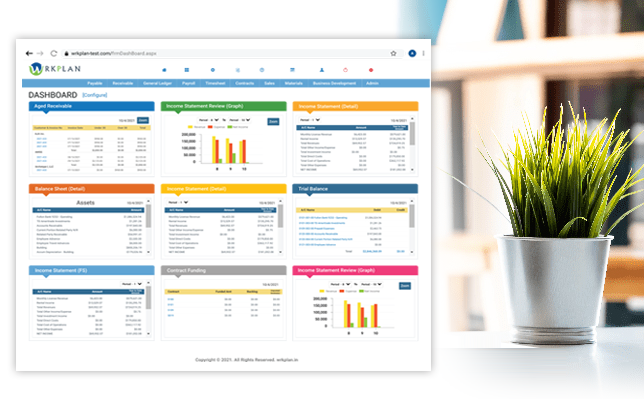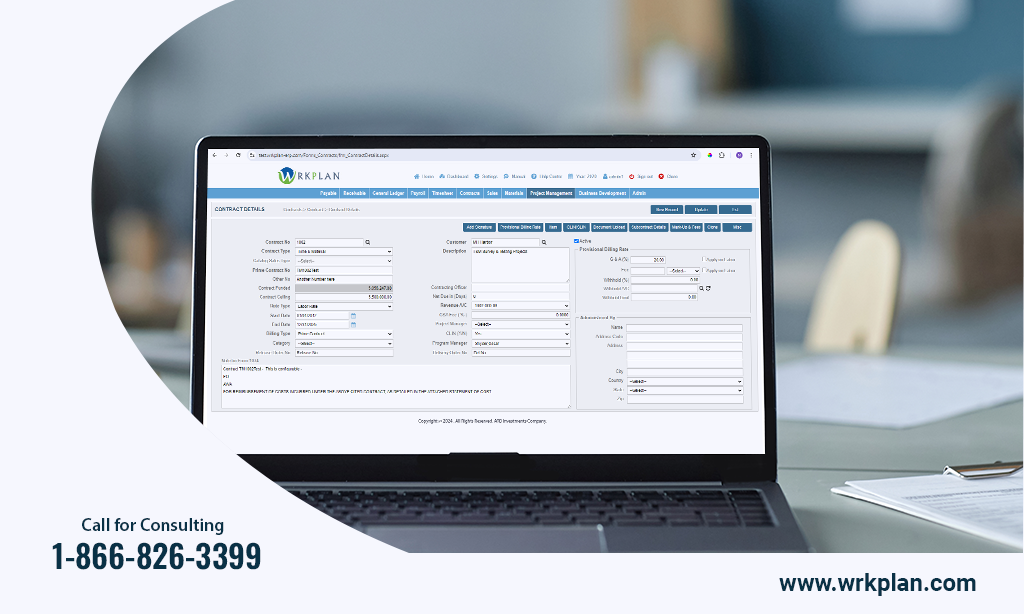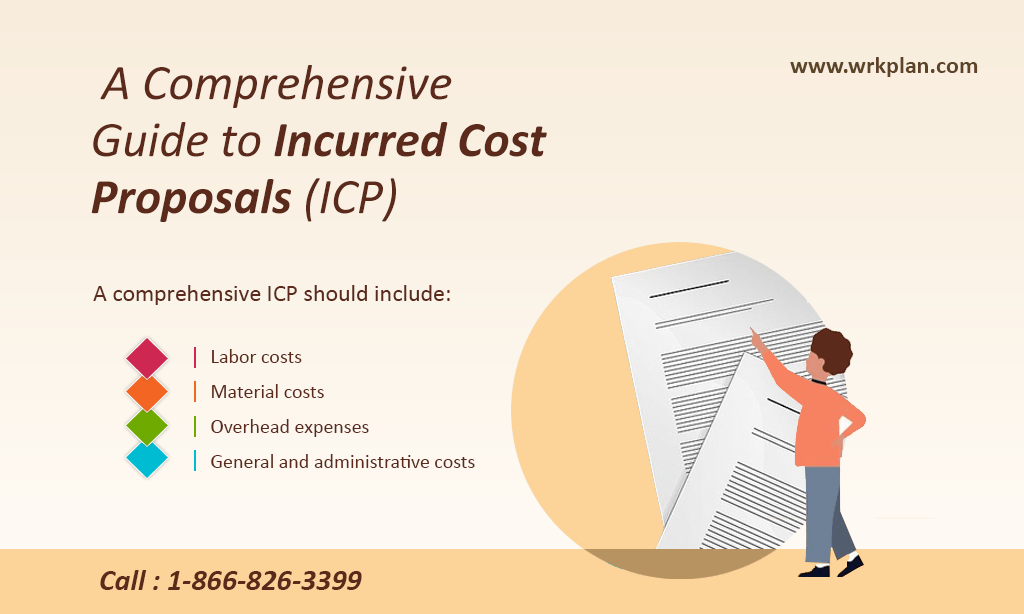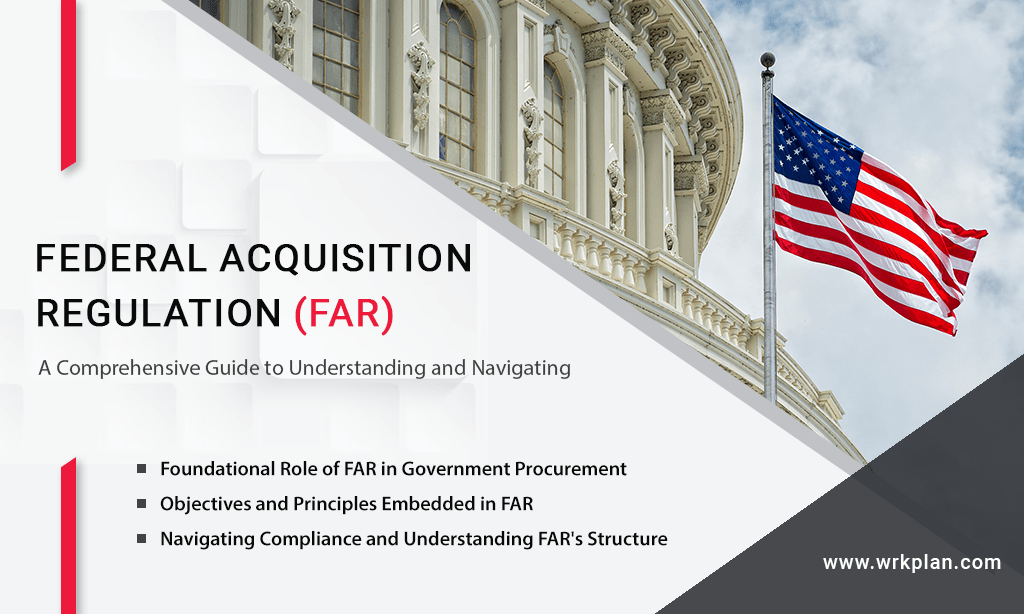Security Information and Event Management (SIEM) is a critical component of cybersecurity for DoD and federal contractors. SIEM systems provide real-time monitoring and analysis of security alerts generated by network devices, servers, and other IT infrastructure. In this article, we will provide a guide to SIEM for DoD and federal contractors, including key features and considerations for selecting and implementing a SIEM solution.
What is SIEM?
SIEM is a cybersecurity technology that provides real-time monitoring, analysis, and reporting of security-related events across an organization’s IT infrastructure. SIEM systems collect and correlate data from a variety of sources, including network devices, servers, and applications, to detect and respond to security threats.
Key Features of SIEM
Some of the key features of SIEM systems include:
- Log Collection: SIEM systems collect logs from a variety of sources, including firewalls, servers, and network devices, to provide a comprehensive view of an organization’s IT infrastructure.
- Correlation: SIEM systems use advanced correlation techniques to identify relationships between different security events and detect potential threats.
- Alerting: SIEM systems provide real-time alerts when security events are detected, enabling organizations to respond quickly to potential threats.
- Reporting: SIEM systems generate reports that provide insight into an organization’s security posture, including trends and patterns in security events.
- Incident Response: SIEM systems support incident response by providing detailed information on security events and enabling organizations to quickly investigate and remediate potential threats.
Considerations for Selecting a SIEM Solution
When selecting a SIEM solution, DoD and federal contractors should consider several key factors, including:
- Compliance: SIEM solutions must comply with applicable cybersecurity regulations, including NIST SP 800-171 and DFARS 252.204-7012.
- Integration: SIEM solutions must be able to integrate with an organization’s existing IT infrastructure, including network devices, servers, and applications.
- Scalability: SIEM solutions must be scalable to accommodate an organization’s growing IT infrastructure.
- Usability: SIEM solutions must be user-friendly and easy to use, with clear dashboards and reports.
- Cost: SIEM solutions must be cost-effective and provide a good return on investment.
Best Practices for Implementing a SIEM Solution
To ensure a successful implementation of a SIEM solution, DoD and federal contractors should follow best practices, including:
- Develop a comprehensive cybersecurity plan that includes policies, procedures, and controls for SIEM.
- Conduct a thorough assessment of an organization’s IT infrastructure to identify sources of log data and other security-related events.
- Work with a trusted SIEM vendor that has experience working with DoD and federal contractors.
- Develop a plan for configuring and customizing the SIEM solution to meet the specific needs of an organization.
- Provide comprehensive training for employees on the use of the SIEM solution.
In conclusion, SIEM is a critical component of cybersecurity for DoD and federal contractors. By selecting and implementing a SIEM solution that complies with cybersecurity regulations, integrates with an organization’s existing IT infrastructure, and is scalable, user-friendly, and cost-effective, organizations can improve their cybersecurity posture and respond quickly to potential threats.
Visit WrkPlan.com for all of your GovCon needs!













